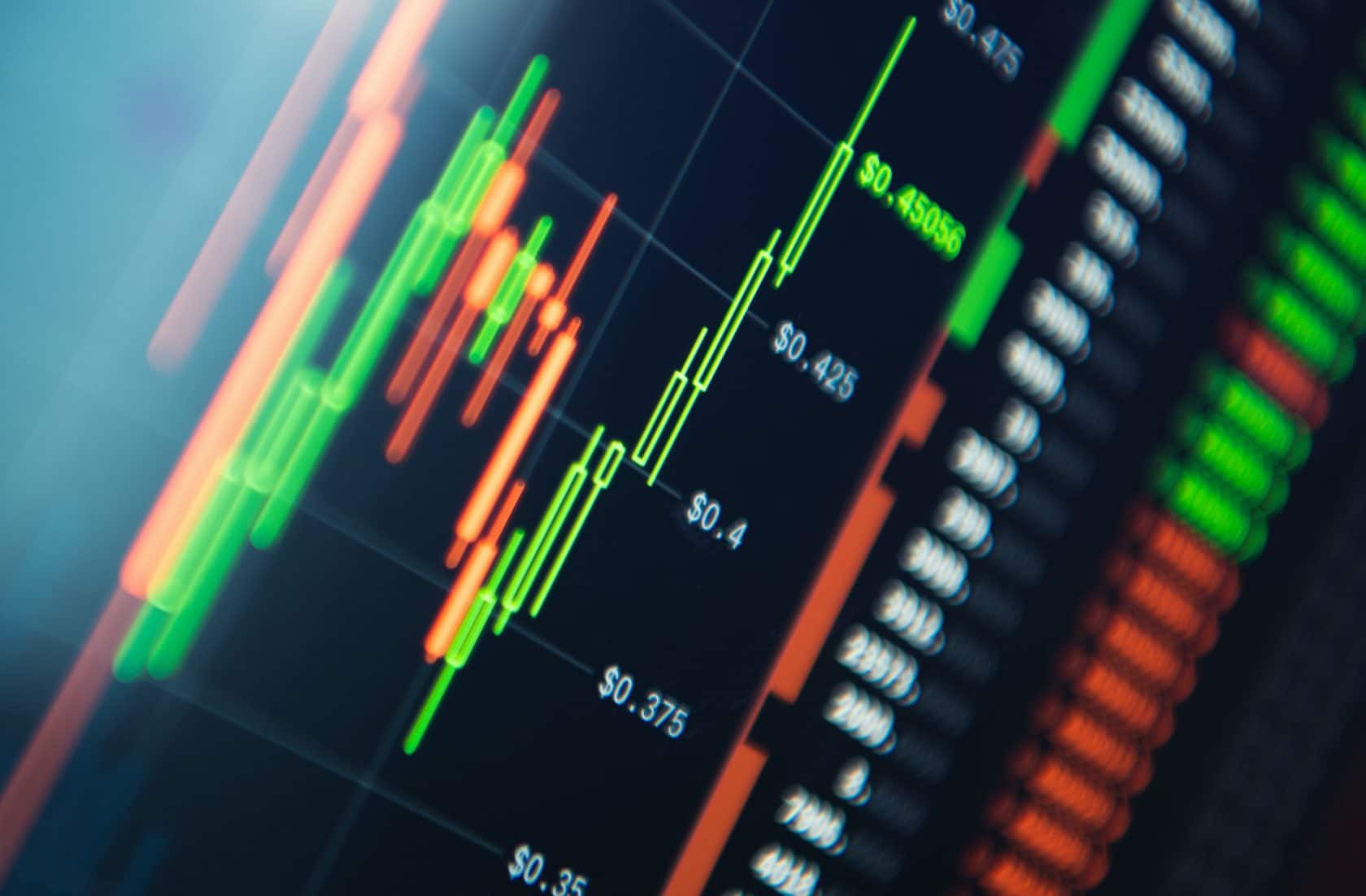This cryptocurrency was introduced in the spring of 2014 using CryptoNote technology, a modification of the Proof-of-Work (PoW) algorithm. This open-source code was developed to address the shortcomings inherent in Bitcoin. The main problems that needed to be solved were the possibility of mining using ASIC devices and the lack of confidentiality of transactions. To combat these aspects, CryptoNote uses ring signatures and hidden addresses.
This protocol was first used in the Bytecoin cryptocurrency in 2012. However, the project faced criticism due to the unusual distribution of tokens during the premine, and its developers were accused of fraud. As a result of this criticism, a hard fork occurred, from which the Bitmonero cryptocurrency emerged. Subsequently, the prefix “Bit” was removed, and so Monero was born, which became one of the most famous anonymous cryptocurrencies in the world.
In December 2019, the CryptoNote protocol was replaced by RandomX, eliminating the need for periodic updates every two years.
Table of Contents
What’s Special About Monero?

Features of the Monero cryptocurrency (XMR) include ensuring complete anonymity of users by hiding counterparty addresses, transfer amounts, signatures and other transaction details. Unlike some other cryptocurrencies, such as Bitcoin, where transaction history is publicly available, the Monero blockchain does not technically allow coins to be tracked. There are no such technologies at the moment, but exchanging XMR to BTC may well lift the veil of secrecy over your financial situation.
XMR coins are completely fungible. Unlike Bitcoin, where each coin has a unique number, Monero is even more anonymous than regular coins. This is important because the value of a coin is not limited to just its market value, but also includes the “reputation” of the coin. Coins with a “clean reputation” are not associated with illegal activity and are widely accepted by network participants, while coins involved in illegal transactions can be blocked and their owners are subject to serious problems.
All About XMR: Blockchain Type, Specific Features, Perspectives
An additional feature of Monero is dynamic scalability. The Monero blockchain is not limited to a hard-coded block size, as is the case with a 4MB block size. This feature allows the network to dynamically scale, processing more transactional data as needed, while maintaining a constant block verification time.
However, to prevent possible abuse, the Monero network keeps track of the last 100 block sizes. If a new block is significantly larger than the average size of the previous 100 blocks, the reward for mining it decreases. This mechanism strikes a balance between network scalability and spam prevention, keeping the system running efficiently.
Predictions for the price of Monero (XMR) remain a subject of controversy, reflecting the uncertainty surrounding the level of privacy and anonymity in the future. Developments for privacy coins like Monero predictions depend heavily on regulation.

Given recent events, it is possible that there will be increased pressure on XMR and other privacy coins. If regulation tightens, there is a risk of a significant decrease in the value of the coin. However, a scenario is also possible in which there will be no strong pressure on anonymous coins. In this case, Monero will be able to realize its potential for further growth. At the moment, there are no obvious prerequisites for rushing headlong and selling off confidential coins.
Optimistic analysts at PricePredictions foresee a gradual increase in the price of XMR in the long term. Assuming the fundamental trend of the crypto market continues, they expect the price of XMR to break the four-digit barrier by the end of 2029.
Also Read:
- Top 10 Cryptocurrency Wallet Trends for 2023
- 7 Things Investors Need to Know About Cryptocurrency Taxes
- Practical Cryptocurrency Tips for Bitcoin Day Trading
- 7 Best Cryptocurrency Apps for Android
- 7 Best Cryptocurrency Apps for iOS
- A Beginner’s Guide on How to Report Crypto Taxes
In contrast, Walletinvestor experts predict that the value of XMR will decline below $100 in the long term.
Analysts at Long Forecast, on the other hand, suggest that the price of XMR will remain largely unchanged over the next 10 years.
Is it worth Investing in XMR?

The long-term prospects for XMR remain uncertain, with forecasts largely conflicting. However, it is worth noting that the coin has high volatility and may be the subject of speculative transactions. Regardless of the period you choose to purchase XMR, it is recommended that you do your own research and closely monitor changes in legislation. Investing in cryptocurrencies always comes with risks, and the decision to purchase XMR should be carefully considered given the current financial and regulatory landscape.

